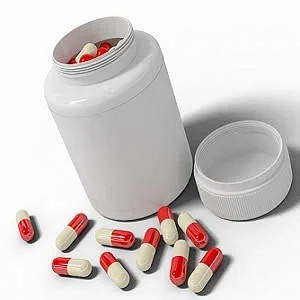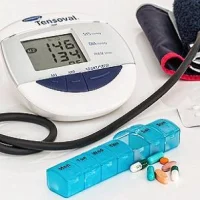Among patients with mild to moderate hypertension, treatment with a pill containing low doses of three antihypertensive drugs led to an increased proportion of patients achieving their target blood pressure goal versus usual care. The finding is based on a randomised clinical trial of 700 patients with hypertension who were untreated or receiving monotherapy and published in JAMA.
The use of such low-dose triple combination antihypertensive medication as initial therapy or escalation from monotherapy may be an effective way to improve blood pressure (BP) control, according to Ruth Webster, PhD, The George Institute for Global Health, University of New South Wales, Sydney, Australia, and co-authors.
Poorly controlled hypertension is a leading global public health problem requiring new treatment strategies. In most instances, inadequate blood pressure treatment can be mainly attributed to use of one medication, which has modest effectiveness. Webster and colleagues performed a randomised, open-label trial to assess whether a low-dose triple combination antihypertensive medication would achieve better BP control compared to usual care. Participants were assigned to receive a once-daily fixed-dose triple combination pill (20 mg of telmisartan, 2.5 mg of amlodipine, and 12.5 mg of chlorthalidone) therapy (n = 349) or usual care (n = 351).
Patients were enrolled from 11 urban hospital clinics in Sri Lanka from February 2016 to May 2017; follow-up ended in October 2017. The study's primary outcome was the proportion achieving target systolic/diastolic BP (<140/90 mm Hg or <130/80 mm Hg in patients with diabetes or chronic kidney disease) at six months. Secondary outcomes included mean systolic/diastolic BP difference during follow-up and withdrawal of BP medications due to an adverse event.
Among 700 randomised patients (mean age, 56 years; 58% women; 29% had diabetes; mean baseline systolic/diastolic BP, 154/90 mm Hg), 675 (96%) completed the trial. The triple combination pill increased the proportion achieving target BP compared to usual care at six months (70% vs. 55%, respectively; risk difference, 12.7% [95% CI, 3.2% to 22.0%]; P < .001). Mean systolic/diastolic BP at six months was 125/76 mm Hg for the triple combination pill against 134/81 mm Hg for usual care (adjusted difference in postrandomisation BP over the entire follow-up: systolic BP, −9.8 [95% CI, −7.9 to −11.6] mm Hg; diastolic BP, −5.0 [95% CI, −3.9 to −6.1] mm Hg; P < .001 for both comparisons).
According to the researchers, 419 adverse events were reported in 255 patients (38.1% for triple combination pill vs. 34.8% for usual care) with the most common being musculoskeletal pain (6.0% and 8.0%, respectively) and dizziness, presyncope, or syncope (5.2% and 2.8%). There were no significant between-group differences in the proportion of patient withdrawal from BP-lowering therapy due to adverse events (6.6% for triple combination pill vs. 6.8% for usual care).
Source: JAMA
Video credit: JAMA
Image Credit: Pixabay
References:
Webster R et al. for the TRIUMPH Study Group (2018) Fixed Low-Dose Triple Combination Antihypertensive Medication vs Usual Care for Blood Pressure Control in Patients With Mild to Moderate Hypertension in Sri Lanka: A Randomized Clinical Trial. JAMA 320(6):566-579. doi:10.1001/jama.2018.10359
Latest Articles
hypertension, antihypertensive drugs, monotherapy
Among patients with mild to moderate hypertension, treatment with a pill containing low doses of three antihypertensive drugs led to an increased proportion of patients achieving their target blood pressure goal versus usual care. The finding is based on










